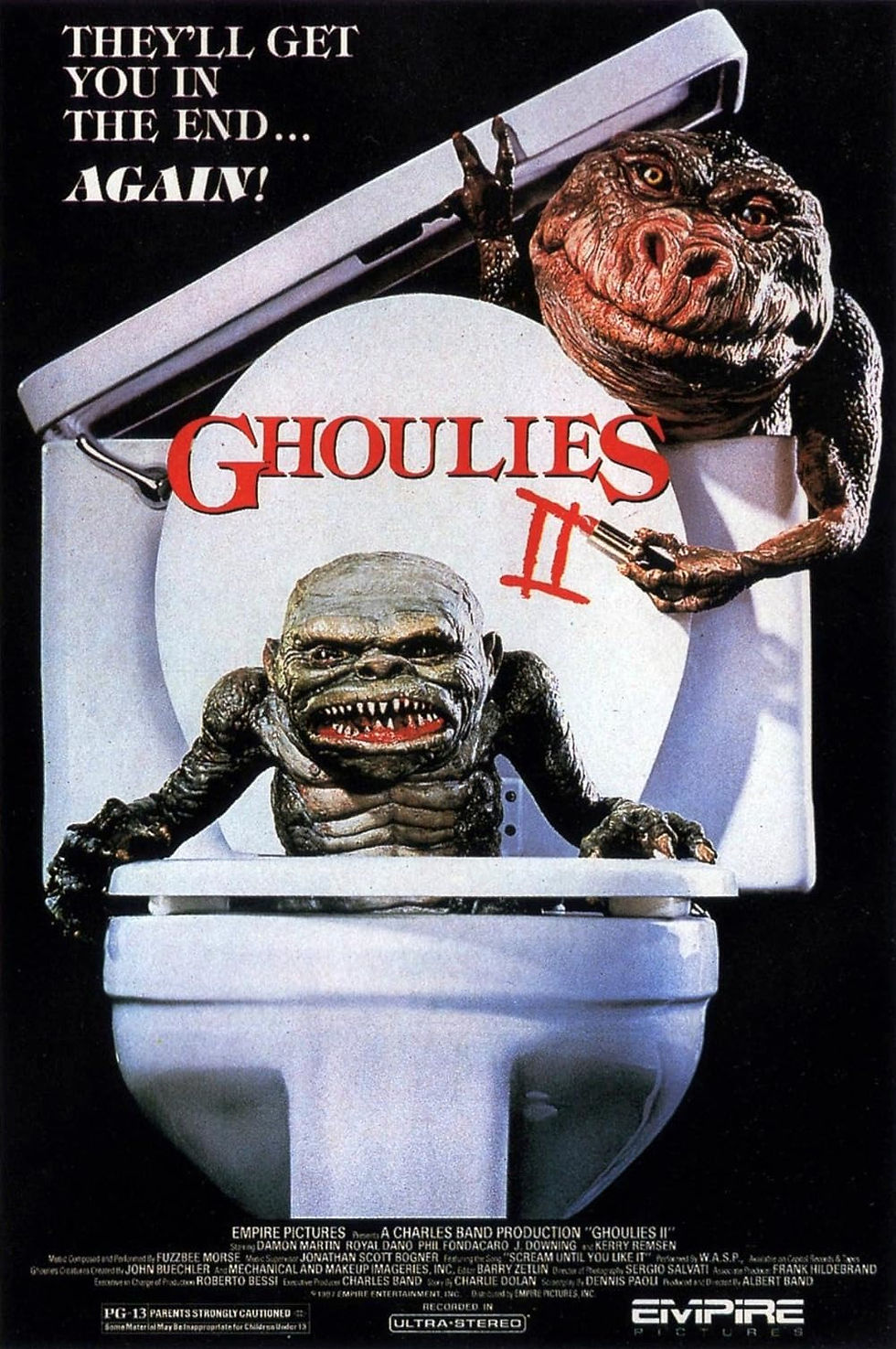Invasion of the Body Snatchers: Cold War Paranoia on Screen
- Allan Major

- Feb 25, 2024
- 3 min read
Updated: Apr 3, 2024

A hush falls over Santa Mira, California. Not the sleepy hush of a small town, but that prickling, skin-crawling hush that comes before a storm. Birds fall silent. The wind dies in the trees. Dr. Miles Bennell walks amongst his patients, his footsteps echoing on the too-empty streets. Something isn't right. It's in the vacant stares of his neighbors, the way they move stiffly, as though their limbs are no longer their own.
There's a monster loose, and it doesn't snarl with fangs or drip with gore. From the depths of space, seeds have drifted to Earth, colossal pods that writhe and pulse with uncanny life. When those pods bloom, they don't unveil flowers, but duplicates—soulless copies of the townsfolk, devoid of the spark that makes them human. Don Siegel's 1956 classic, "Invasion of the Body Snatchers" isn't just a sci-fi horror flick, it's a scalpel laid bare to the trembling heart of Cold War America.

The Uncanny Valley of Conformity
The horror of "Invasion of the Body Snatchers" lies in what it doesn't show. No gaping maws, no slimy tentacles. Instead, it's the chilling absence of self. The 'pod people' walk, talk, and go about their lives, but the light in their eyes is extinguished. Friends, spouses, families—they become blank-faced echoes of what once was. The film whispers a horrifying truth: losing your identity is scarier than any monster.
This theme hit a raw nerve in a country gripped by the Red Scare. McCarthyism, with its witch hunts for suspected Communists, painted a chilling portrait of a society where conformity was survival. Were the pod people a metaphor for Communist infiltrators, turning neighbors into hollow shells of ideology? The film's director denied a direct allegory, but the imagery couldn't be ignored.
"You're Next!": Losing Your Self in the Crowd
Fear, like those insidious alien seed pods, spreads with terrifying speed. As Dr. Bennell and his love interest Becky Driscoll desperately evade duplication, the once-idyllic Santa Mira becomes a claustrophobic trap. Siegel masterfully uses stark lighting and camera angles to transform familiar places – homes, offices– into menacing labyrinths. It's the fear of being outnumbered, of losing your own sense of self amidst a wave of unthinking uniformity.
The film interrogates the American ideal of small-town life, the close-knit community.
Suddenly, it's not a source of comfort, but a breeding ground for monstrous transformation. "Invasion of the Body Snatchers" questions the price of belonging: when does conformity become a threat to individuality? A question that anyone from any decade should ponder every now and again.

Echoes of the Atomic Age
The shadow of the atom bomb, too, looms large. Born in the dawn of the nuclear era, the film mirrors anxieties about invisible threats and insidious transformations. The pods could be stand-ins for radiation, warping and destroying the familiar. The film's urgency, the race against time, reflects a world teetering on the edge of self-annihilation.
The Horror That Lingers
“Invasion of the Body Snatchers" doesn't end neatly. Though our protagonists may escape, the final frames hint at the spread of the pod plague. It asks: can you ever truly be safe when the enemy could be your neighbor, your lover, even yourself? This ambiguity, this lingering disquiet, is where the film's brilliance lies.
Like all great horror, it doesn't just scare you in the theater. It burrows into your thoughts, a creeping sense of unease. Years later, you might look at a crowd, at a loved one, and feel a shiver of doubt. Were the body snatchers defeated, or did they merely adapt? And in a world obsessed with conformity and the next great threat, is the film's chilling question still monstrously relevant?







